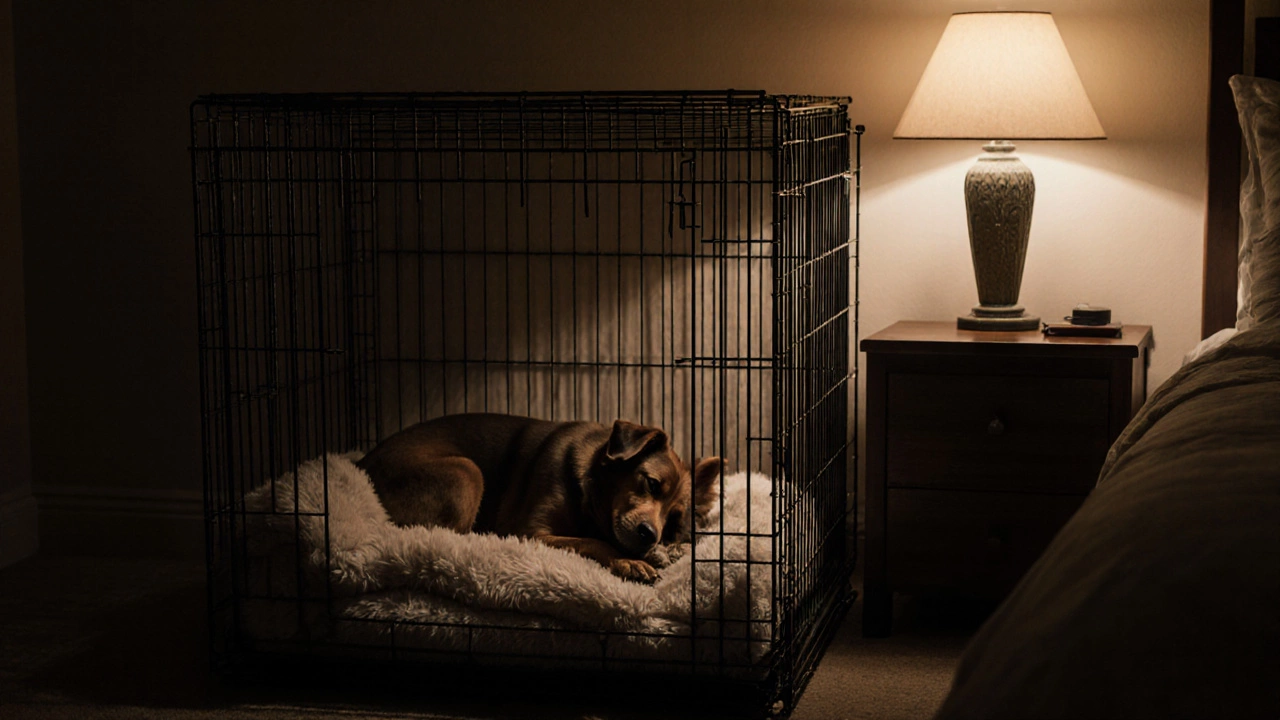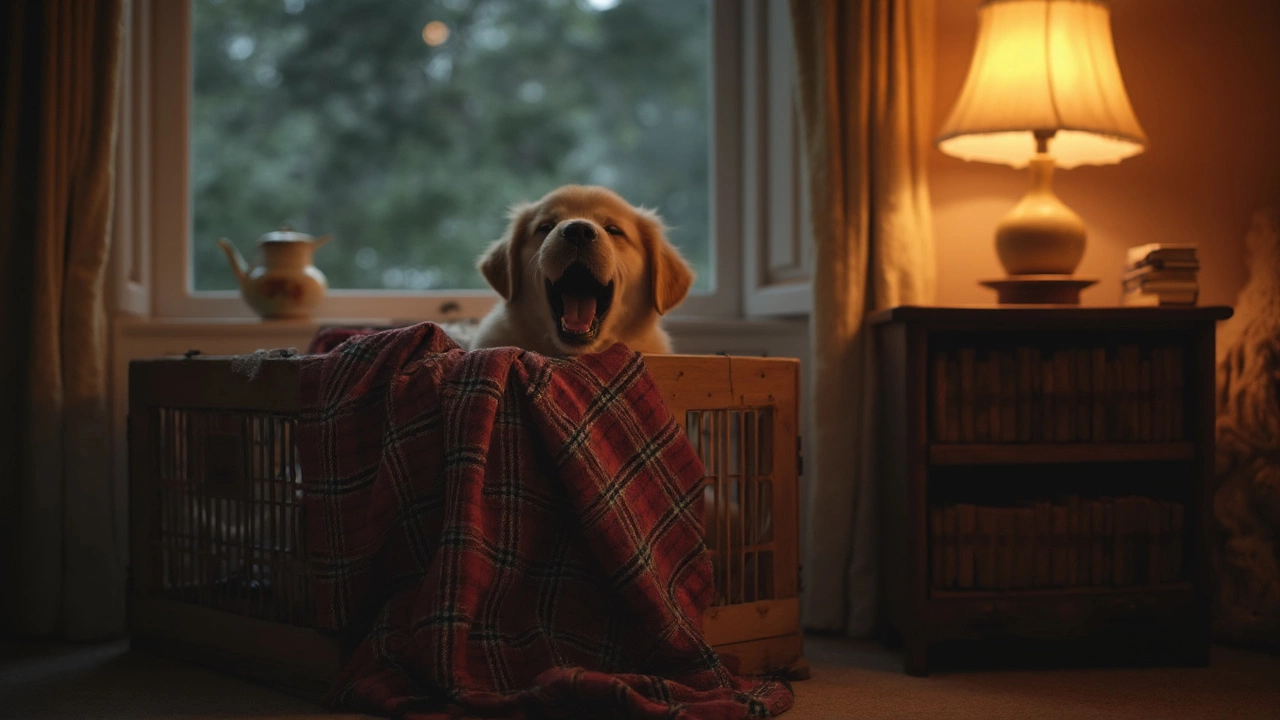Dog Crate Guide: Choosing, Training, and Travel Tips
Whether you’re new to pet ownership or looking to upgrade, a good dog crate makes life easier for you and safer for your pup. Below you’ll find straight‑forward advice on picking the right crate, using it for training, and taking it on the road.
How to Choose the Right Size and Type
First thing – size matters. Your dog should be able to stand, turn around, and lie down comfortably. Measure your dog from nose to tail, add a few inches, and match that to the crate’s internal dimensions. A crate that’s too small can cause stress, while a giant one defeats the purpose of confinement.
There are three main styles:
- Wire crates: Light, foldable, good for home use and travel. Look for rounded corners to avoid getting caught.
- Plastic crates: Offer a den‑like feel, ideal for long trips or airline travel. Make sure the plastic is sturdy and has ventilation slots.
- Soft crates: Made of fabric, easy to carry, but only safe for calm dogs on short trips.
For everyday home use, wire crates are the most versatile. If you plan to fly, check airline specifications – many require a specific plastic crate size.
Crate Training Basics
Crate training isn’t punishment; it’s a way to give your dog a safe space. Start by placing treats, toys, and a cozy blanket inside. Let your dog explore the crate with the door open. When they go in on their own, reward them immediately.
Gradually increase the time they spend inside while you’re home. Keep sessions short at first – a few minutes – and build up to an hour or two. If you need to leave the house, start with brief absences and work up to longer periods.
One common mistake is using the crate as a timeout. If your dog associates the crate with punishment, they’ll avoid it. Instead, feed meals inside the crate and make it a positive place.
Traveling with a Dog Crate
When you’re heading out of town, the crate doubles as a travel carrier. Before the trip, let your dog spend a night in the crate with the door closed, so they get used to the confined space. Pack a familiar blanket and a chew toy to keep them comfortable.
For car trips, secure the crate with a seatbelt or place it on the floor so it doesn’t slide. Stop every two hours to let your dog stretch, drink water, and relieve themselves.
If you’re flying, choose a crate that meets IATA standards. Label it with your contact info, and place a water dish that won’t tip over. Arrive early to give airline staff time to handle the crate safely.
Maintenance and Safety Checks
Inspect the crate weekly for loose wires, cracked plastic, or worn latches. Clean the interior regularly – a quick vacuum and wipe down will keep odors at bay. Replace any damaged parts immediately to avoid injuries.
Remember to keep the crate in a well‑ventilated area, away from direct sunlight or drafts. If the weather is hot, avoid leaving a dog in a closed crate for long periods.
By following these simple steps – picking the right size, making the crate a positive space, and handling travel safely – you’ll give your dog a secure home base they’ll love. Ready to pick a crate? Browse our selection and find the perfect fit for your furry friend.
Dog Crate vs Bed: Which Is Best for Your Dog’s Sleep?
Explore the pros and cons of dog crates vs beds, learn how to match them to your pet’s needs, and get practical tips for a safe, comfortable night’s sleep.
Should You Cover Your Dog Crate with a Blanket at Night?
Wondering if you should toss a blanket over your dog's crate at night? This article lays out when covering a crate is helpful, when it's not, and what to watch for. You'll learn how a simple blanket can calm some pups and stress out others, plus tips to keep your dog safe. Find out how to make nighttime cozier or less scary for your puppy without causing problems.

